This is a guest review by landscape photographer Nick Hanson. As well as his website, Nick also runs a YouTube Channel and is one of the presenters on Photography Online.
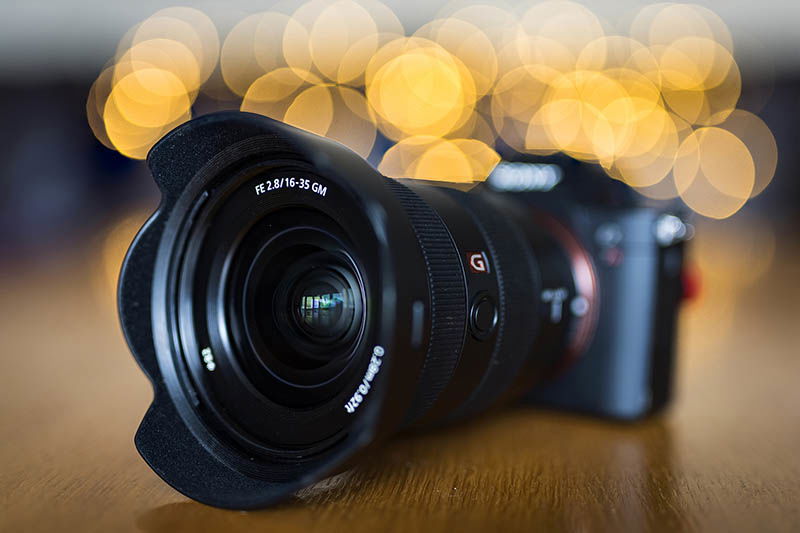
Introduction
Being primarily a landscape photographer, I was approached by Tim who asked if I would be interested in testing and reviewing the Sony FE 16-35mm F2.8 GM wide angle zoom lens. Now, being a Canon shooter myself (calm down now), I needed a body to test the lens with so Tim lent me his Sony a7R III for this review.
Key Specifications
This lens is Sony E-mount compatible, has 11 aperture blades which are rounded and should allow for nice background bokeh, with an aperture range from f/2.8 through to f/22, and has a filter diameter of 82mm. It also has the addition of a ‘Focus hold button’ which can be used to assign one of many custom functions.
A full list of specifications can be found on Sony website here.
Here in the UK, this lens retails for around £1,999.00 or around $2,198.00 in the US. Which yes is quite expensive, however it does lie within the G Master range of lenses which are Sony’s top end lenses.
Body Design
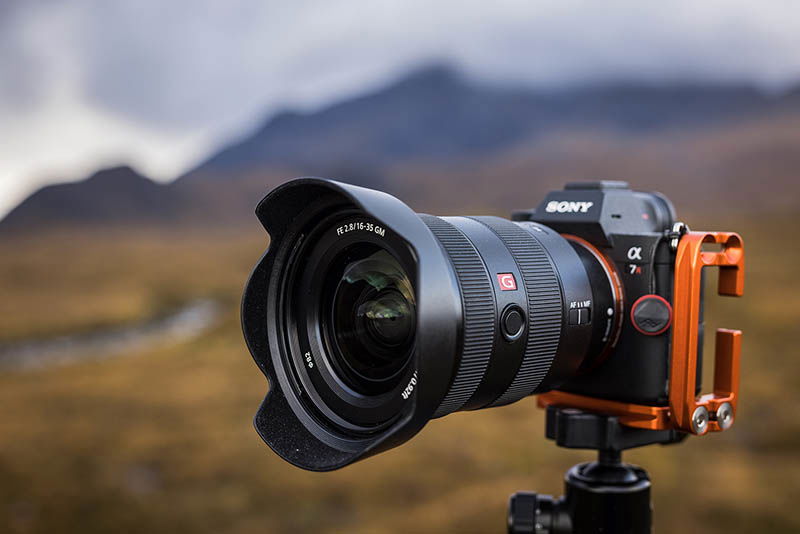
Aesthetically this is a nice looking lens which comes in a matte black finish with the understated silver ‘G’ in a red background embosses on to the lens, denoting that this is in fact a G Master lens.
Handling
In the hand this lens feels solid and that it should withstand the rigours of someone like myself who primarily photographs outdoors in all kinds of weather.
One particular thing to note is that the lens extends slightly as you zoom from the 35mm end through to the 16mm end. This is only around 20mm when zoomed all the way out to 16mm, however if for instance you were shooting video and your camera was on a gimbal then you may have to re-balance it when changing focal lengths.
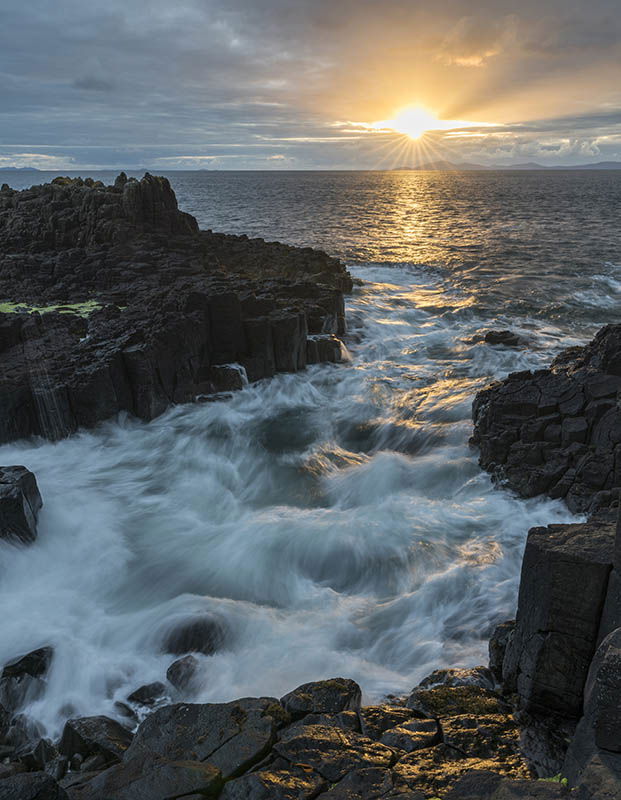
Talking of zooming, there isn’t too much travel when going through the entire zoom range and it feels very smooth as well, not too tight and not too loose.
The focus ring has been a real pleasure to use, it is also very smooth and is loose enough that when hand holding the camera it moves very nicely. In fact I find that when hand holding I can easily use my left index finger to shift focus as it rests on the focus ring, meaning that I don’t necessarily have to move my thumb on to the focus ring from its resting position at the back of the lens.
Field of View
This lens has a great focal length range for the likes of landscape and astro photography, and may also be useful for some portrait photography. At the 16mm end it has a field of view of 106°, going down to 63° at the 35mm end.

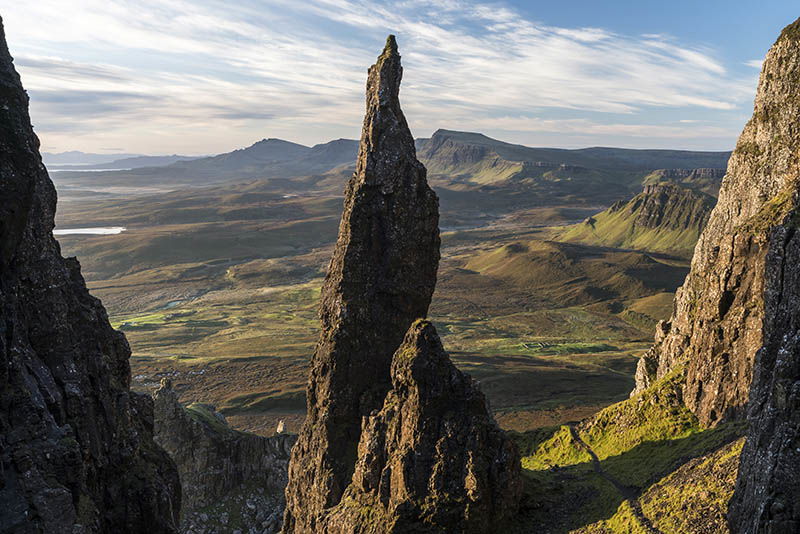
Sharpness
I have tested this lens in a real world environment for myself which means landscape photography, using various focal lengths and various apertures. This means that I used it as I would normally do when photographing landscapes, whereby I would use the appropriate aperture and focus point to give me the depth of field I was looking for. It must be noted that I don’t focus stack my images, so if there is something really close to the camera, sharpness may drop off at that point.
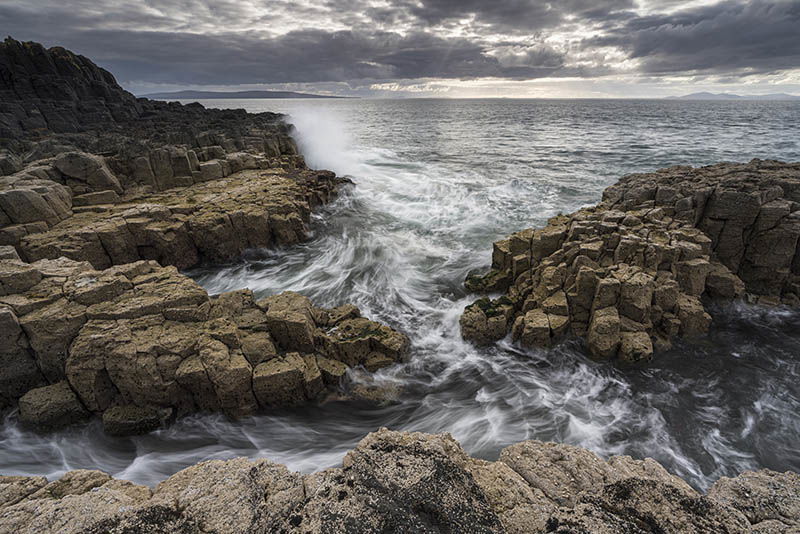
My ‘real world’ shots came out with sharpness everywhere in my image that I would expect to be sharp. There were compositions where I had subjects within a few feet from the camera going through to infinity and those areas close to the camera were soft at f/11, however I wouldn’t expect anything different without the need to focus stack the image. I did however notice that where there were prominent elements fairly close to the camera that they were slightly sharper in the bottom centre of the frame, compared to the bottom corners.
At 16mm the lens appears to perform best from around f/5.6 which is what I would expect from a f/2.8 lens, however it must be noted that this is when subjects are starting at a reasonable distance from the camera. The corners of the frame were still softer at f/5.6, with sharpness in these areas getting better from f/11.
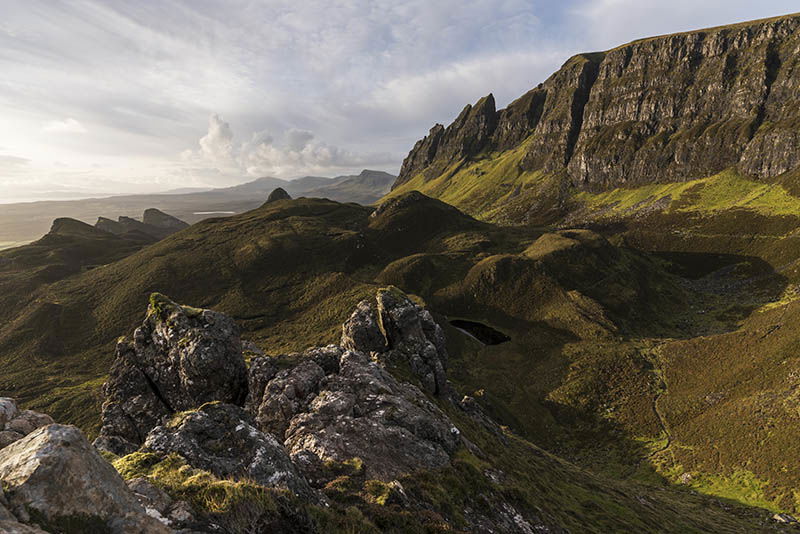
At 20mm, again the lens was performing best from f/5.6, with the corners getting better from f/8.0. At 24mm sharpness was very good throughout the frame at f/5.6, which is what I would expect as this focal length is almost at the middle of the zoom range of the lens. At 35mm, again sharpness was very good throughout the frame at f/5.6, with the corners appearing sharper from around f/8.0.
Vignetting
For a lens of this focal length range if there was going to be any vignetting then I would expect to see it more towards the 16mm end, however from the various images I have captured at 16mm I see no real signs of it.
On the subject of vignetting I have also used my Kase K9 filter system with this lens and at various focal lengths, and again there are no signs of vignetting with this attached at the 16mm end. This could be more of a testament to the filter system I use, which has been designed to limit vignetting at wider focal lengths.
Chromatic Aberration
I have noticed signs of chromatic aberration in images I have captured where there are sharp edges, for instance rock faces etc., which you can see in the samples provided; however clicking on the ‘Remove Chromatic Aberration’ box in Lightroom removed this perfectly.
Distortion
Yes, especially at the 16mm there is some barrel distortion visible, however this is comparable to my Canon 16-35mm lens and again you have the option within the likes of Lightroom to ‘Enable Profile Corrections’ which removes the distortion created by lenses.
Distortion with a wide angle lens will also become apparent when you place objects at the edge of frame and is something which at 16mm you cannot really get away from. Then there’s the distortion when for instance should you be doing portraits at 16mm when you are very close to your subject.
Color Rendition
Being primarily a landscape photographer colour accuracy for me is of upmost important. This lens rendered the colours in my scenes very well and pretty much as I saw them to the eye.
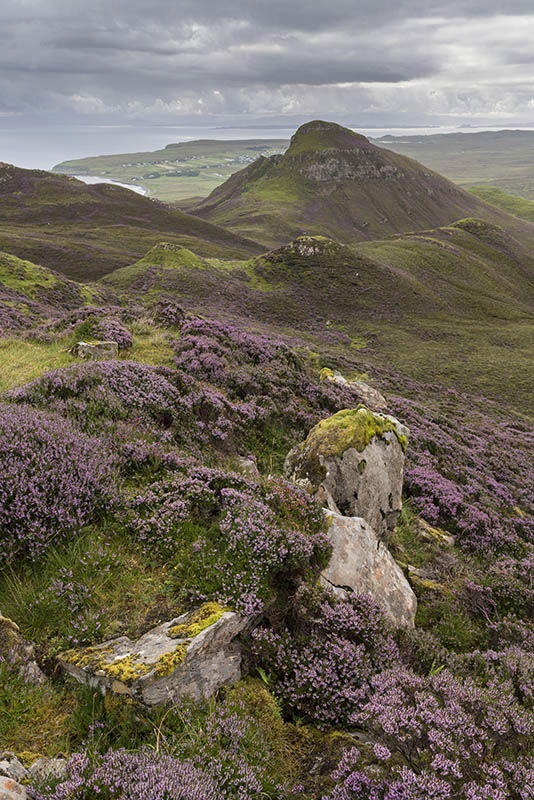
Minimum Focus Distance
This lens has a minimum focus distance of 0.28m (0.92 ft), which although is not a macro lens, does allow for some close-up shots.
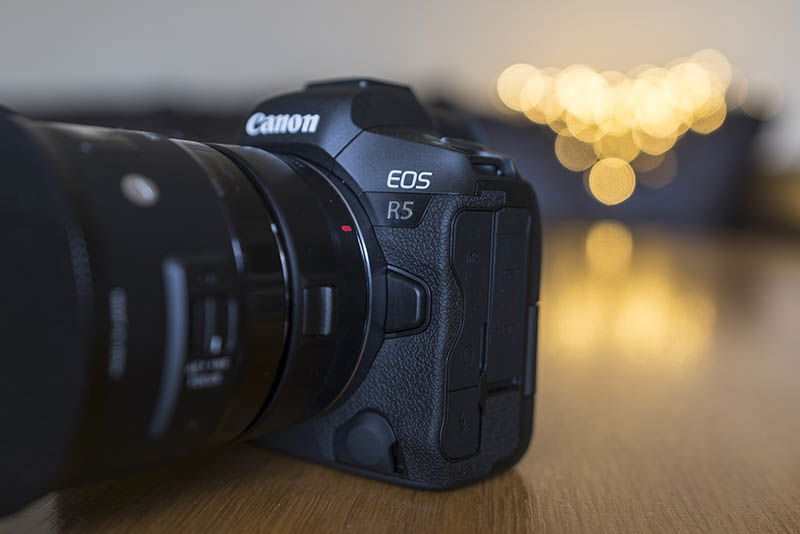
Autofocus
Now, the autofocus speed of the lens is also attributed to the autofocus capabilities of the camera body and coupled with the a7R III I found it to be very fast and is very quiet, something which is very useful when shooting video as you don’t want the noise of the focusing showing up in your audio.
Sample Images
The following sample images have been lightly processed in Lightroom. Clicking the image will load the full-size version (so it may take a while to load). Please note that these images are copyright protected and may be used for personal use only.
Summary
Okay, this lens does come in at around $2,198.00 / £1,999.00, however I wouldn’t expect anything else for a f/2.8 lens of this build and optical quality. The lens for me performed extremely well, is very sharp and reproduces colours very accurately. It’s a great lens for a multitude of genres of photography from landscape and astro to portraits. If I were a Sony shooter I’m sure it would be in my camera bag.

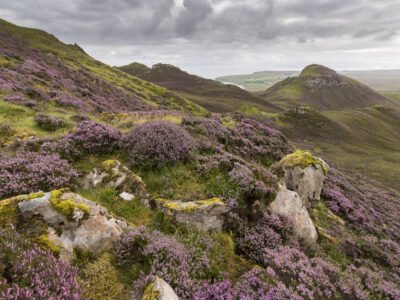
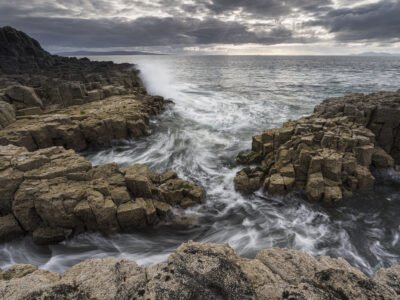
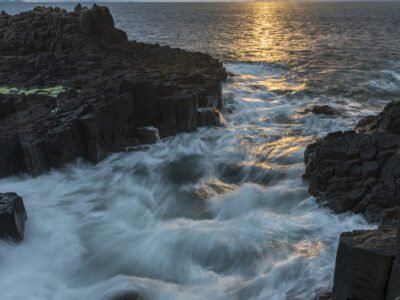

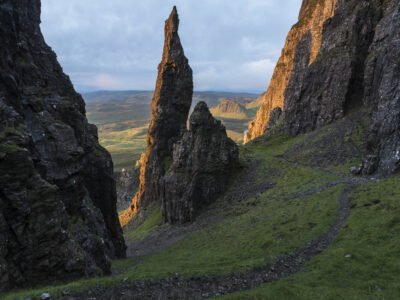

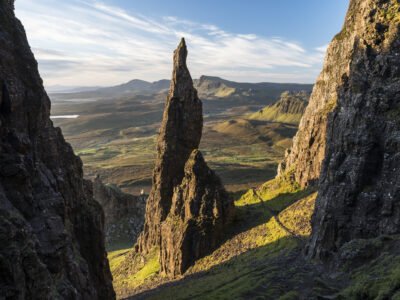
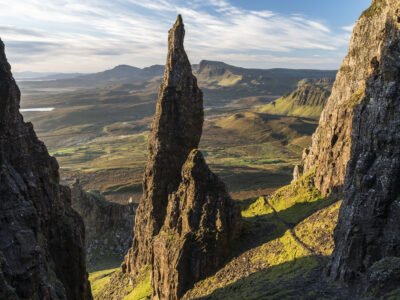
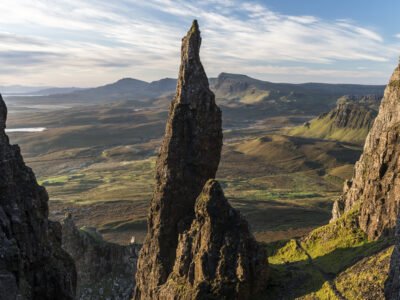
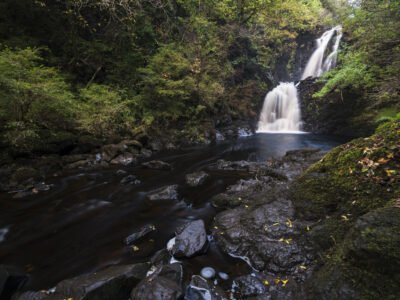
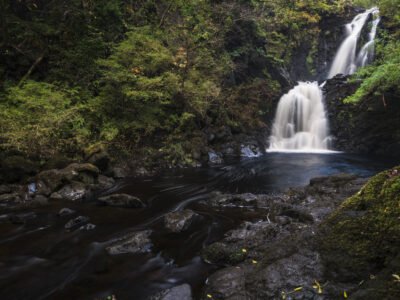
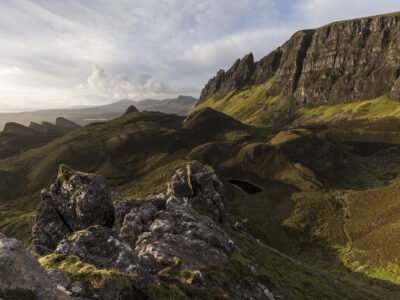
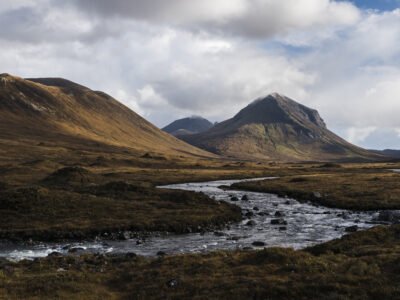
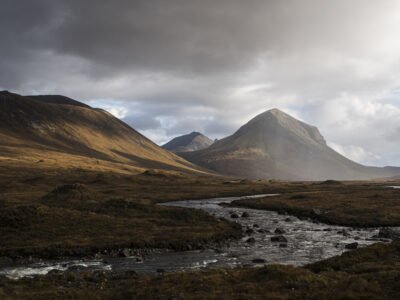
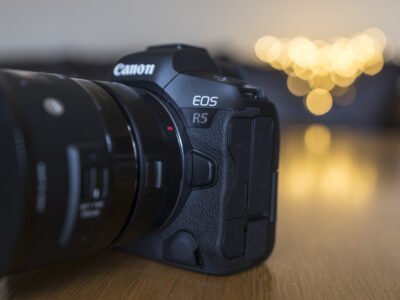
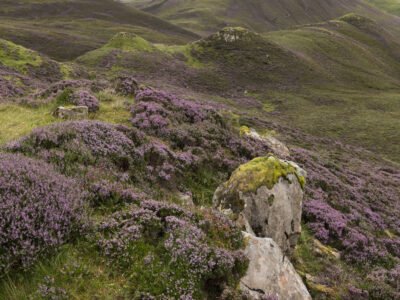

Leave a Reply